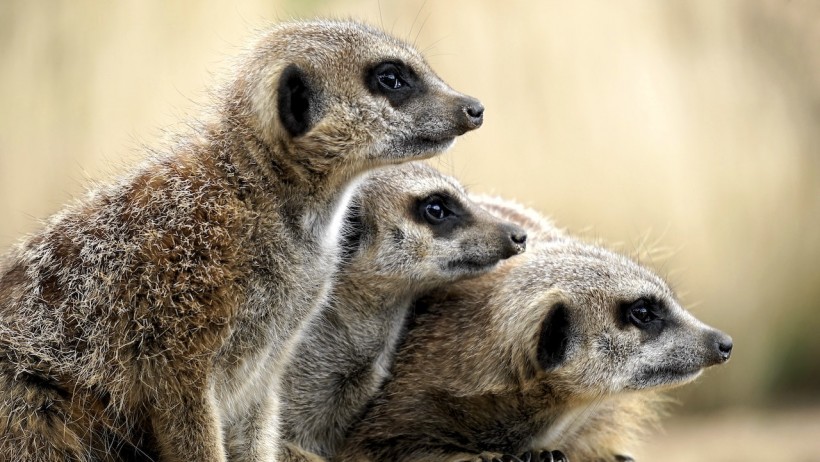Five meerkats in a zoo at Philadelphia were found dead. Officials from the Zoo are collaborating with the US Department of Agriculture to unravel the mysteries behind their deaths.
Five Meerkats Die in Philadelphia Zoo
According to Yahoo! News, five meerkats, namely, Ari, Kgala, Nya, Lula, and Nkosi, got acutely ill and eventually died.
Amy Shearer, the zoo's chief experience officer, explains that before the team could exert interventions, male Nkosi died. While the keeper and veterinary teams tried their best, Kgala, Nya, and Lula all passed away shortly after Nkosi. Ari, the last meerkat, also died just this week.
CBS News reports that the five of them were a group of siblings that were brought to the Philadelphia Zoo in 2013. They have been housed in the zoo for roughly a decade.
Possible Poisoning Case
Necropsy findings are underway to determine how the animals died. However, officials were able to pinpoint a potential culprit.
Rachel Metz, the vice president of animal wellbeing at the Zoo, explains that a topical dye used for identifying and marking animals is the suspected cause of death. The marks and identifications are added so that the creatures can be distinguished from each other despite looking nearly identical. Ms. Metz adds that they have been using the dye at the zoo for more than three decades, 6 ABC reports.
The dye, Nyanzol-D, was used for the meerkats on June 1. Officials note that one of the meerkats was found dead roughly half an hour later, while the other four started exhibiting signs of acute sickness. Because of this, the veterinary staff pumped their tummies and anesthetized them.
However, to their dismay, three meerkats died within the next 36 hours, while the last one died on Monday after being medically observed for over a week.
Whether protocols were followed and whether the creatures ingested the toxins are still being investigated. The zoo is conducting internal investigations and also collaborating with other partners, such as the American Association of Zoos and Aquariums.
Metz explains that they are not sure how this took place and that they cannot conclude with confidence that the dye was the culprit behind the meerkats' deaths. Nevertheless, they are actively looking for facts.
Meerkats
According to National Geographic, meerkats are actually mongooses that are known to have upright postures. These creatures typically stand on their back legs and alertly gaze over the plains in South Africa, where they live. Mother meerkats can even nurse their children from a standing position.
These creatures tend to live in groups, with their packs ranging from 3 to 25, Britannica explains. While some of them guard the group, others get preoccupied with foraging for food. They eat birds, lizards, insects, and fruit.
RELATED ARTICLE: Birth of a Rare Horse Celebrated in British Zoo After Species Went Extinct in the Wild for Almost 4 Decades
Check out more news and information on Animals in Science Times.















